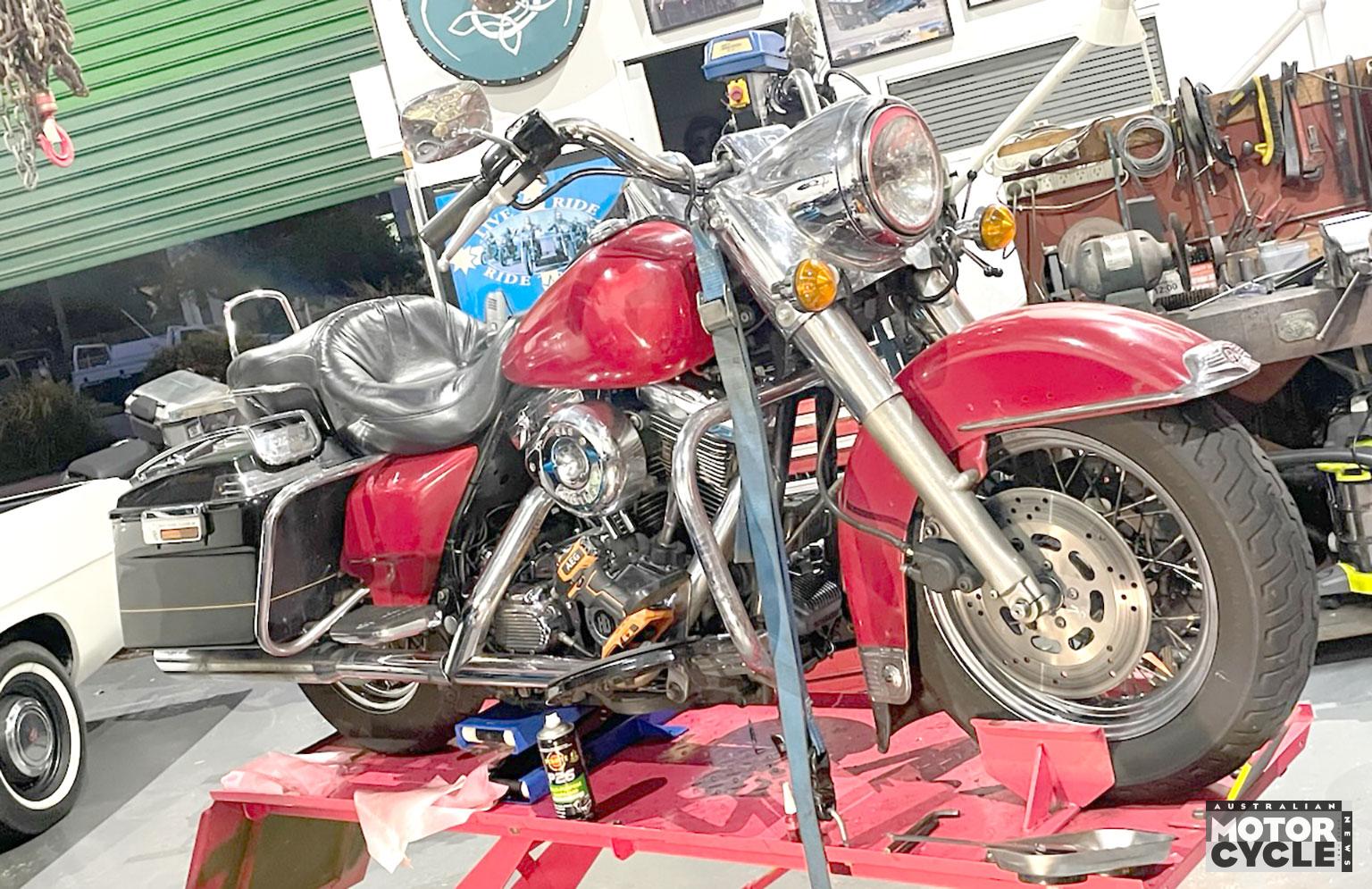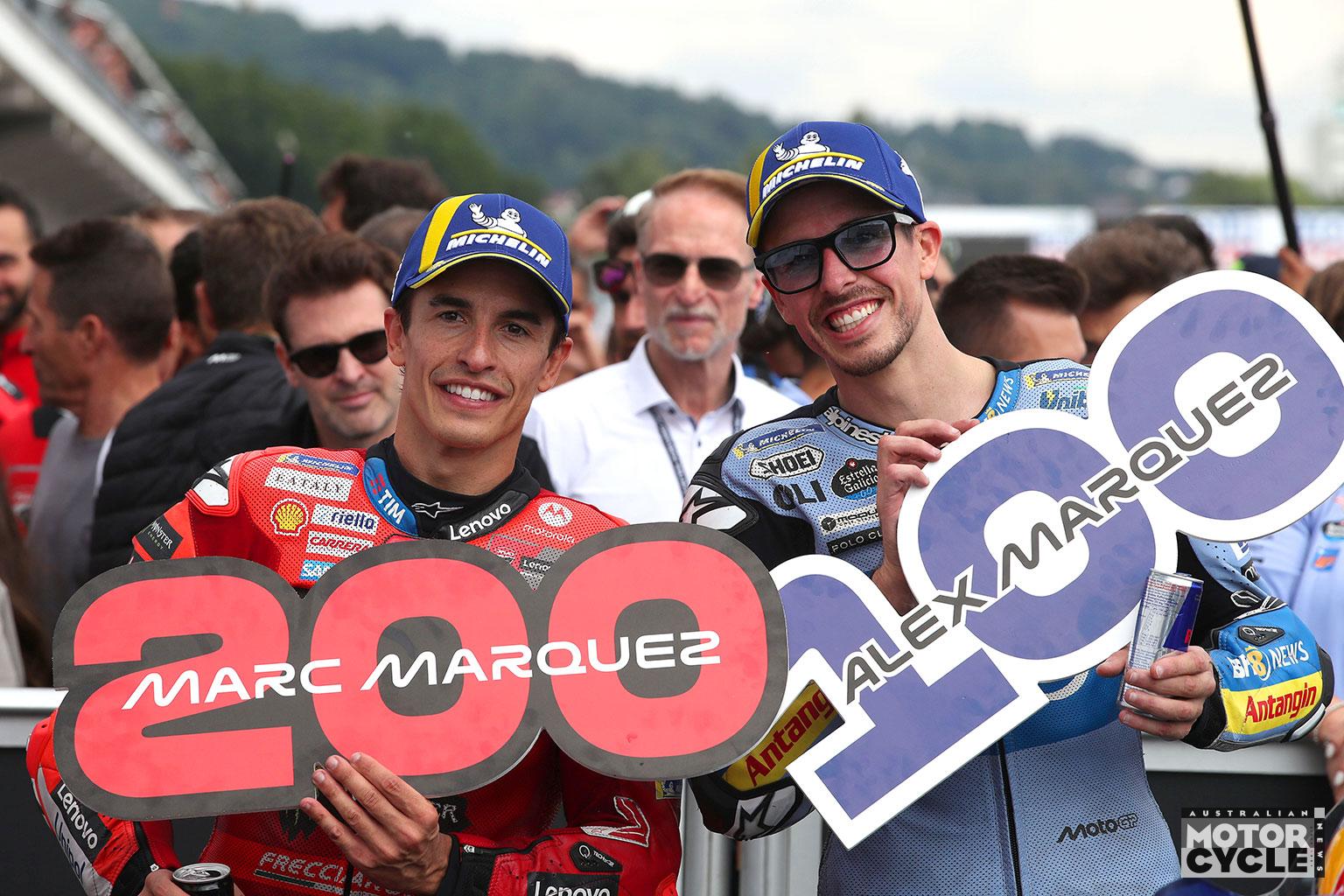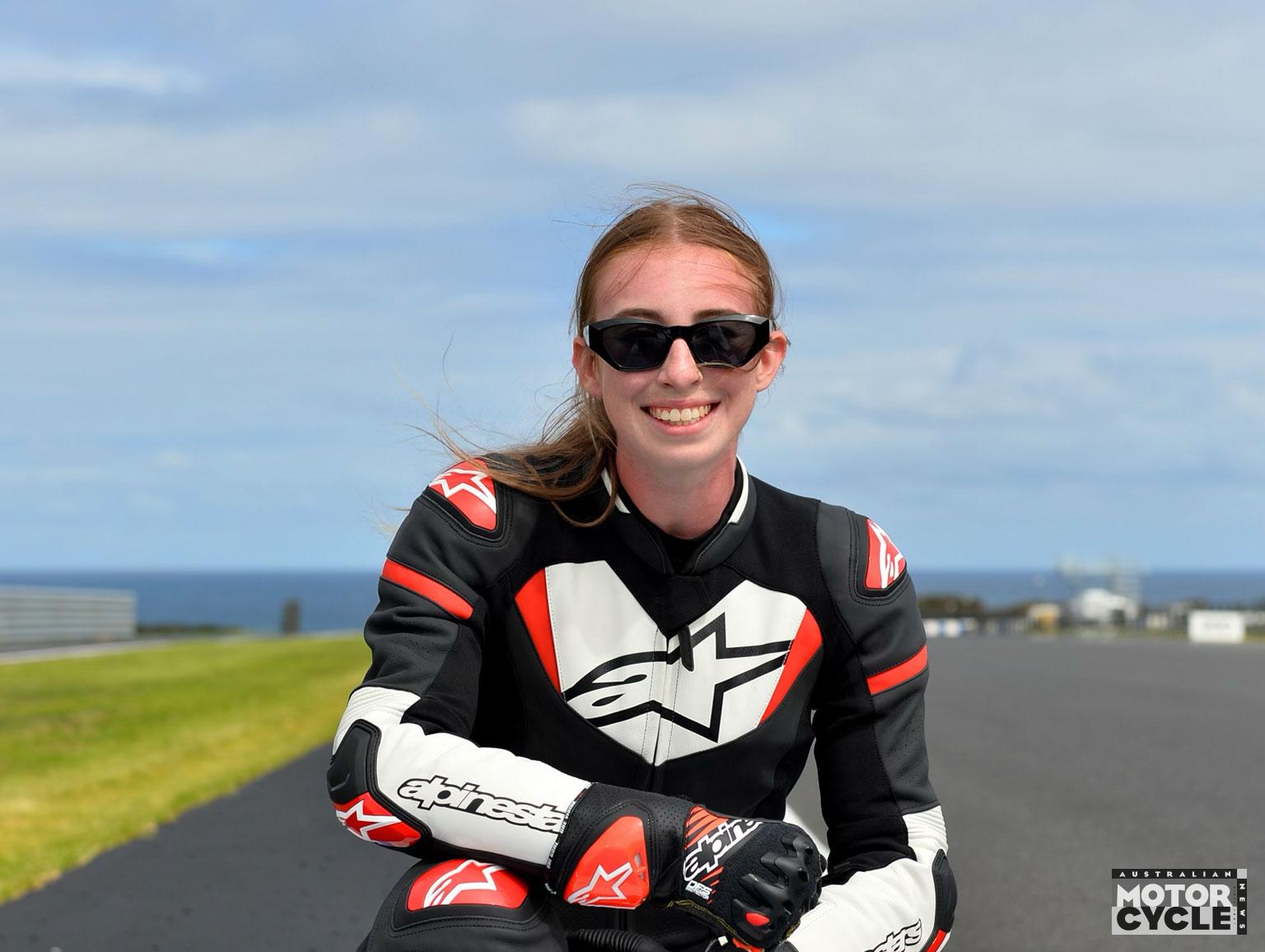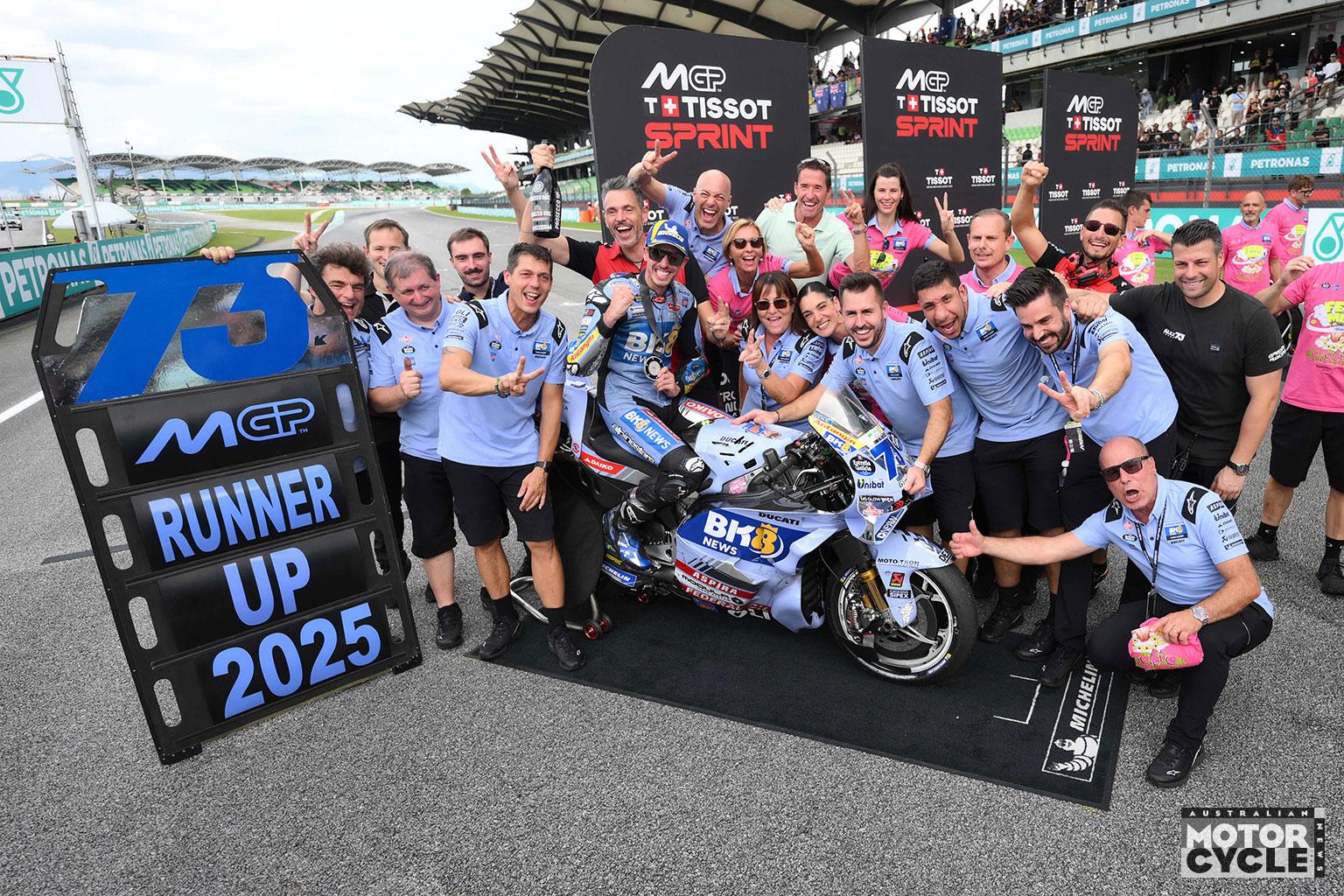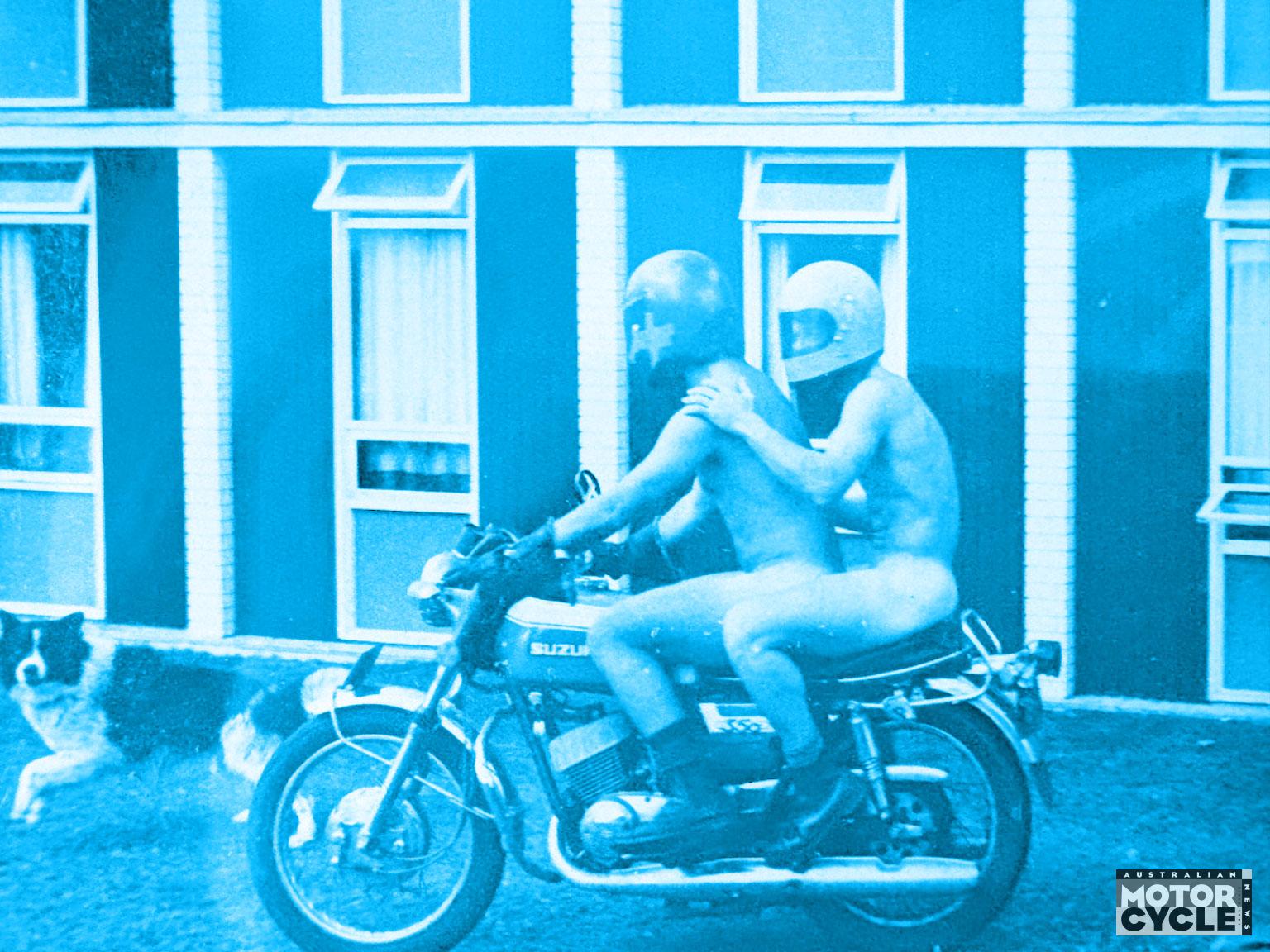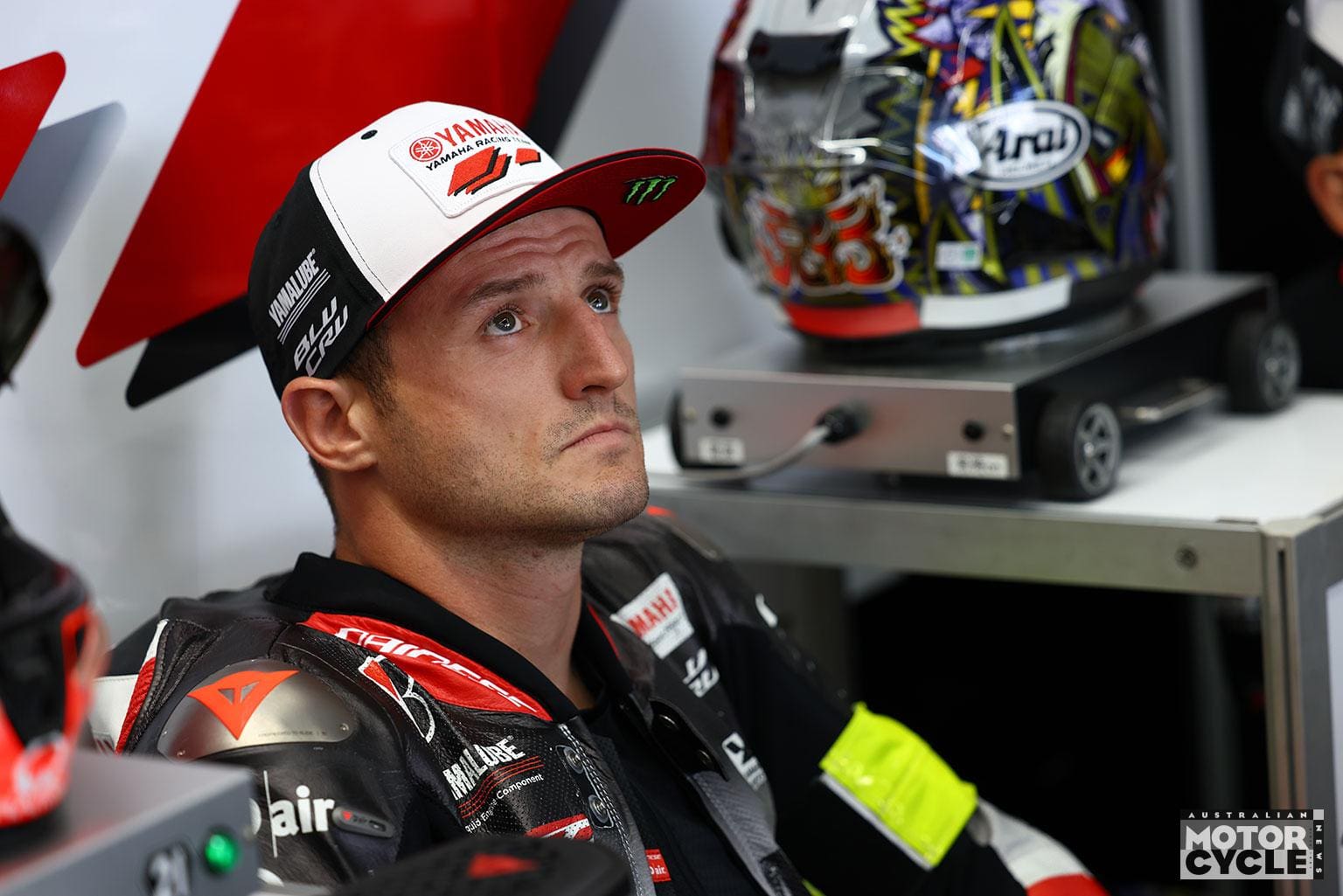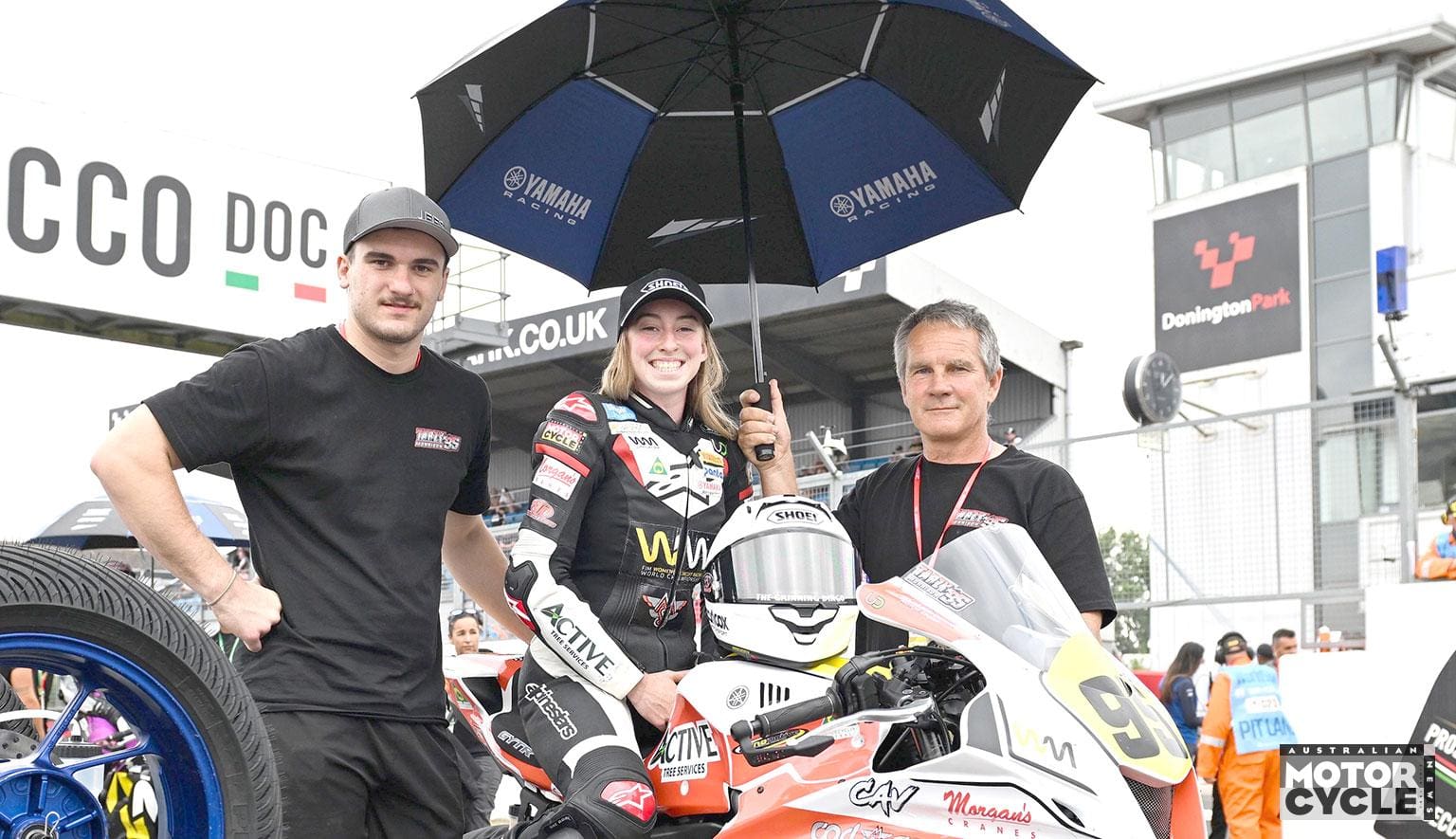Beyond all the tears and hugging, there was something revealing about the retirement announcement from Aleix Espargaro at the Barcelona GP. It was about close margins.
We’ve seen it with the motorcycles, in tenths and hundredths of seconds, but Aleix’s long walk to stardom reveals how the same is true between riders. The difference between serial success and also-ran despair is a hair’s breadth.
It took more than 300 races, 19 years and more than 10 different teams, in every grand prix variation except Moto3, for Aleix Espargaro to achieve the full respect of fans and rivals… 284 starts before his first win in any class, in Argentina in 2022. He remained a serious title contender for most of that year.
From out of the shadows, after ushering Aprilia to the top step of the podium, Aleix was finally to be taken seriously. Why did it take so long?
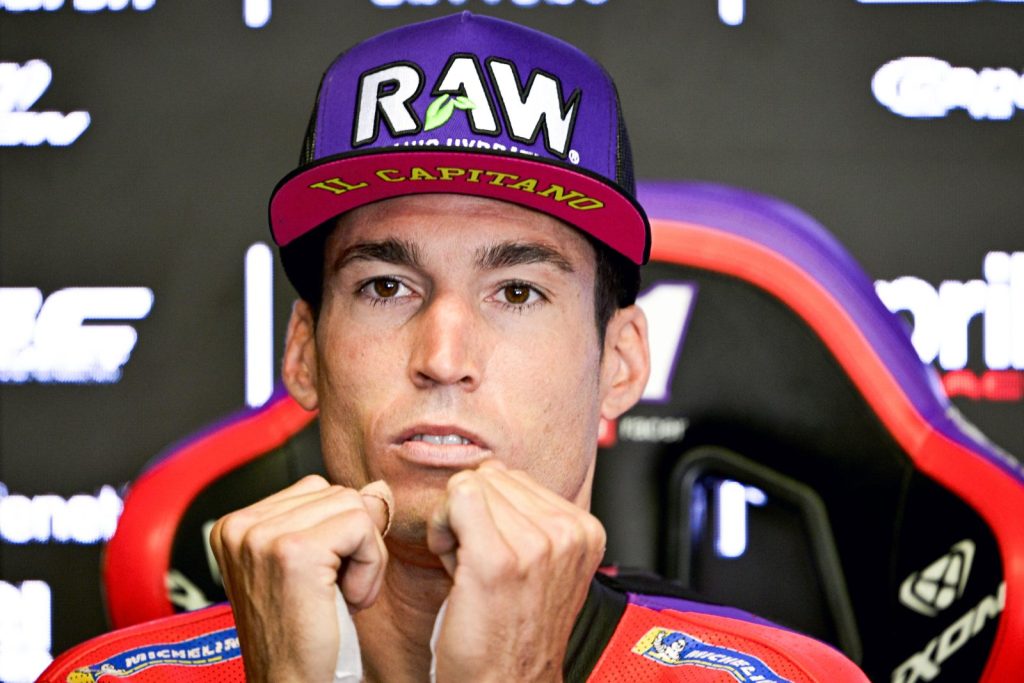
There were many false starts. From 2005 to 2008 in the 125cc and 250cc classes his results were nothing special – nor his teams. In 2009 his Campetella squad withdrew before the season began. A pattern was emerging.
So too a rider capable of sudden surprises. Unemployed, Aleix got two substitute MotoGP rides for Pramac Ducati. He scored points in both and at Misano set fifth-fastest lap. It earned him the Pramac seat for 2010, but after another undistinguished season he was dropped.
Now 22 years old, Aleix spent a year in a Moto2 team. Then in 2012 came salvation, of a sort… with Aprilia. But it was not a sought-after ride. To curb factory-team excesses and boost grid numbers Dorna had opened MotoGP to production-based CRT (Claiming Rule Teams) bikes. Aprilia took advantage with its successful Superbike. But not under its own name. It was called ART – Aprilia Racing Team.
Aleix and the ART easily dominated the outclassed rag-tag CRT field: so what? But if it wasn’t saying much, it was all he could do. It secured a future but no factory ride. Instead he spent 2014 riding a leased Forward Yamaha in the short-lived grid-filling ‘Open’ category. It was the next best thing and went well – a best-yet seventh overall, pole at Assen and first podium in a bike-swap wet race at Aragon.
Then Suzuki returned for 2015 and Aleix’s long-sought factory-contract dream finally came true… alongside rising star Maverick Vinales. Aleix claimed 10 top-10 finishes that year with a best of sixth, outpointing Vinales for another 11th overall in the points table.
Things could only get better. But not for Aleix. Vinales claimed Suzuki’s first new-generation win but, to his outspoken dismay, a bewildered Aleix was dropped at the end of 2016.
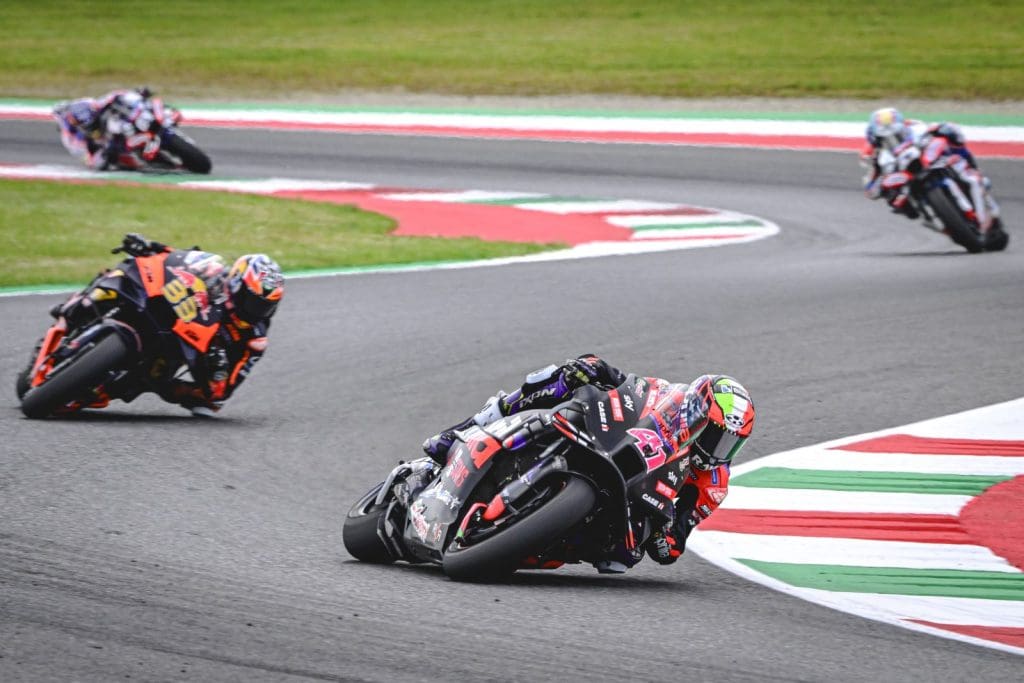
Aprilia had rejoined MotoGP in 2015 and were struggling, down in the dumps. But it was a full factory team. Aleix jumped at the chance.
Success would take five more years, a reshuffle of team management and a major redesign. Aleix was there through the lean times, and forged a relationship of mutual respect and obvious affection with both his team and Aprilia management.
And the bike would get better, not least because of the experienced Aleix’s input. The chassis improved and aerodynamics eventually overtook even Ducati. Most important was 2020’s new 90-degree V4 engine. There were reliability problems but the promise was obvious.
By 2022, the RS GP was “the best bike I’ve ever ridden”. Hence the first win, and a serious title challenge throughout the season. Sweet-handling, especially on fast, sweeping corners, was one key. Another was new teammate Vinales – always the first person you have to beat. More wins followed, at Silverstone and Catalunya.
Now aged 34, Aleix has called a stop at the end of this year. Ending a career of a rider who for years was easy to forget and hard to take seriously. Or, put another way, easy to underestimate. By the narrowest of margins.
WORDS: MICHAEL SCOTT PHOTOS: GOLD&GOOSE

